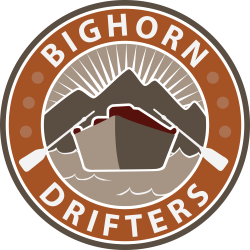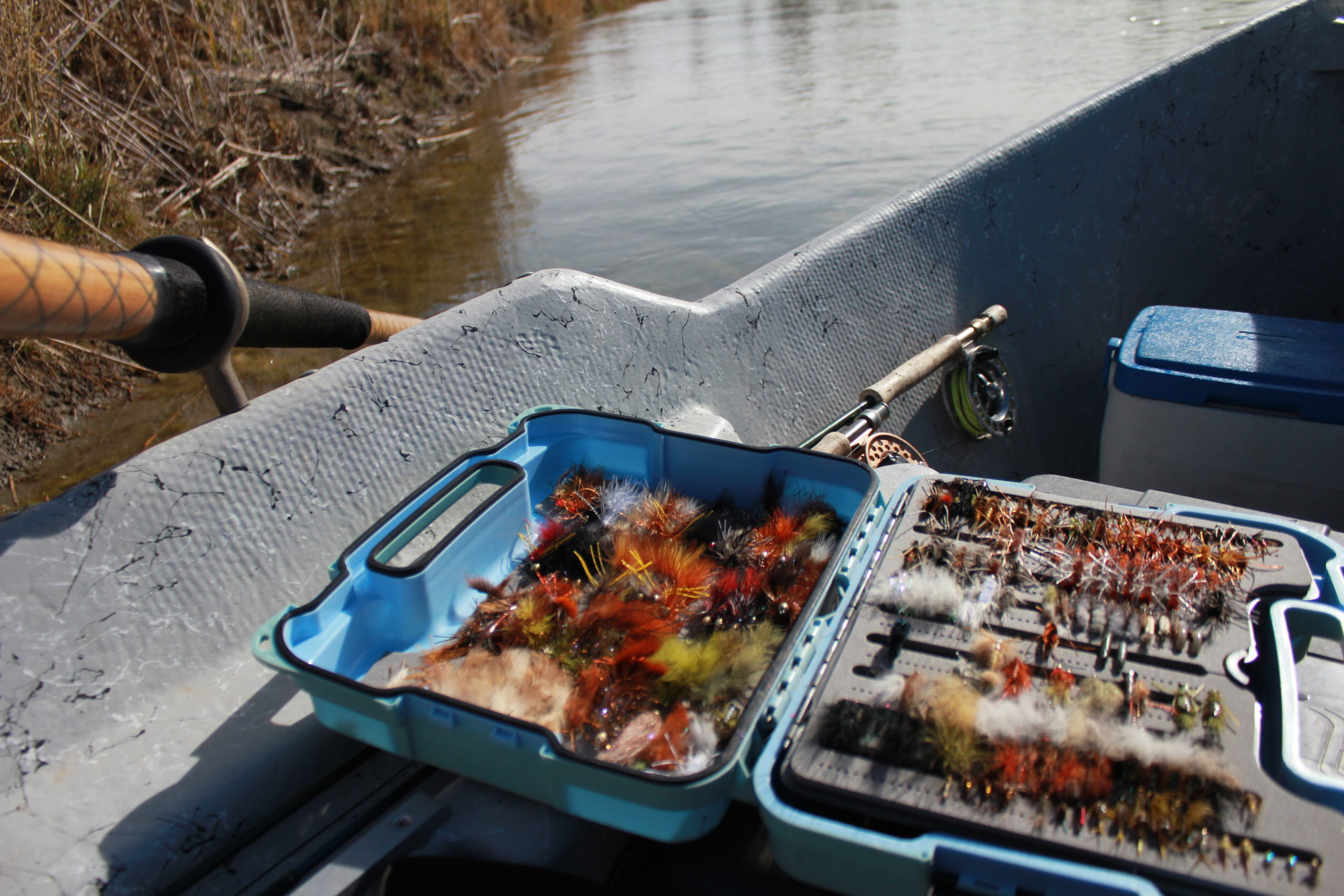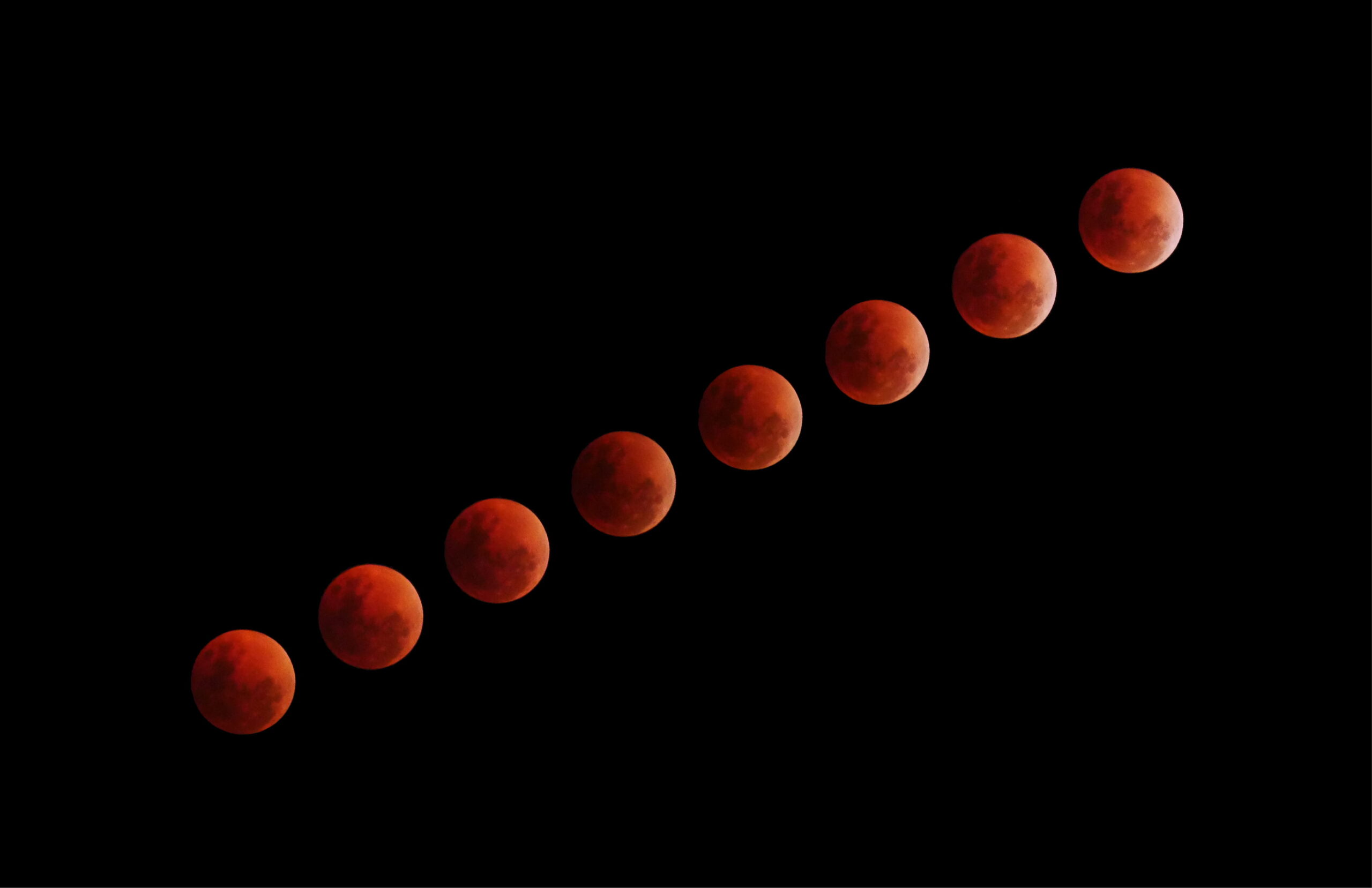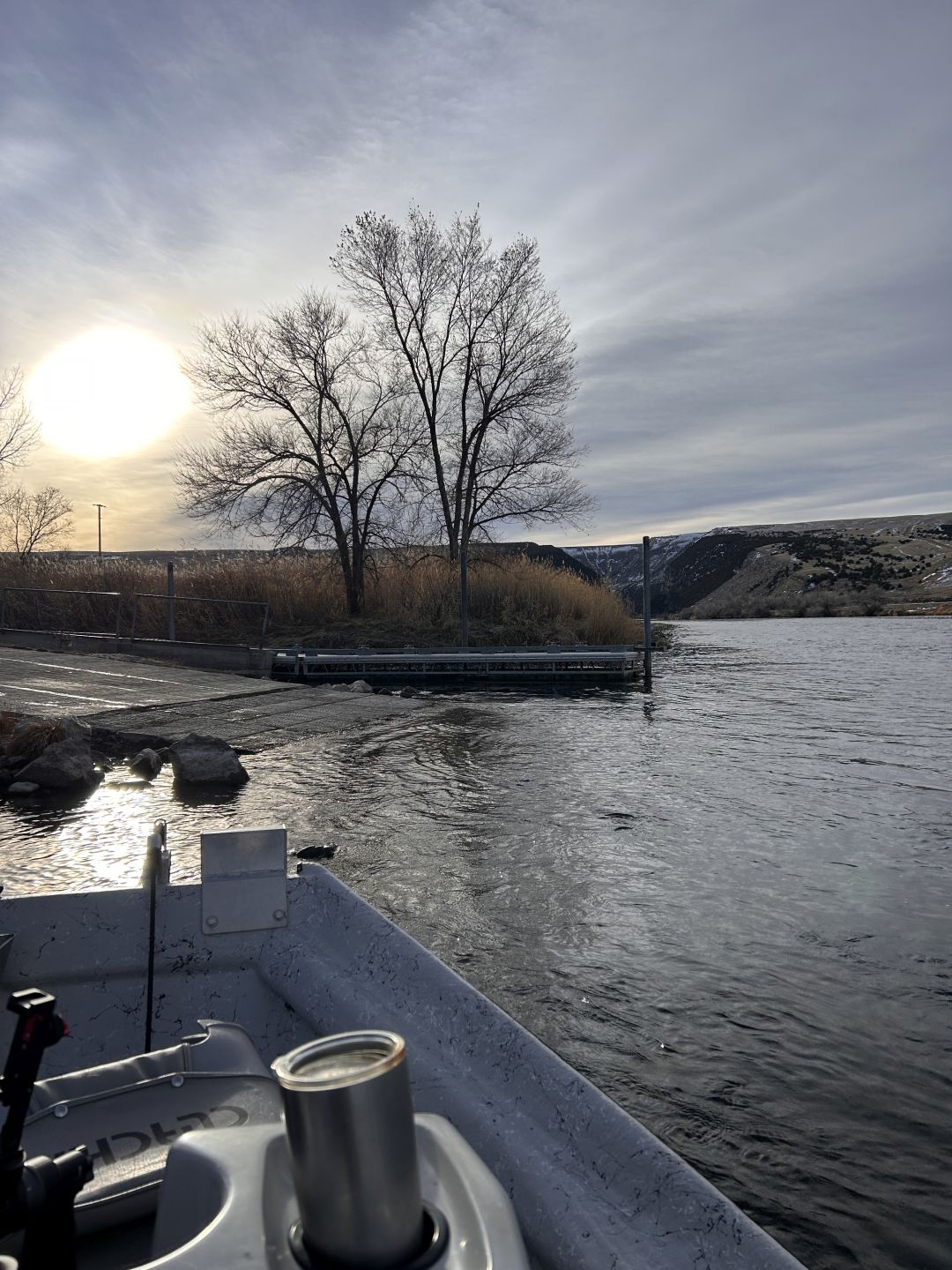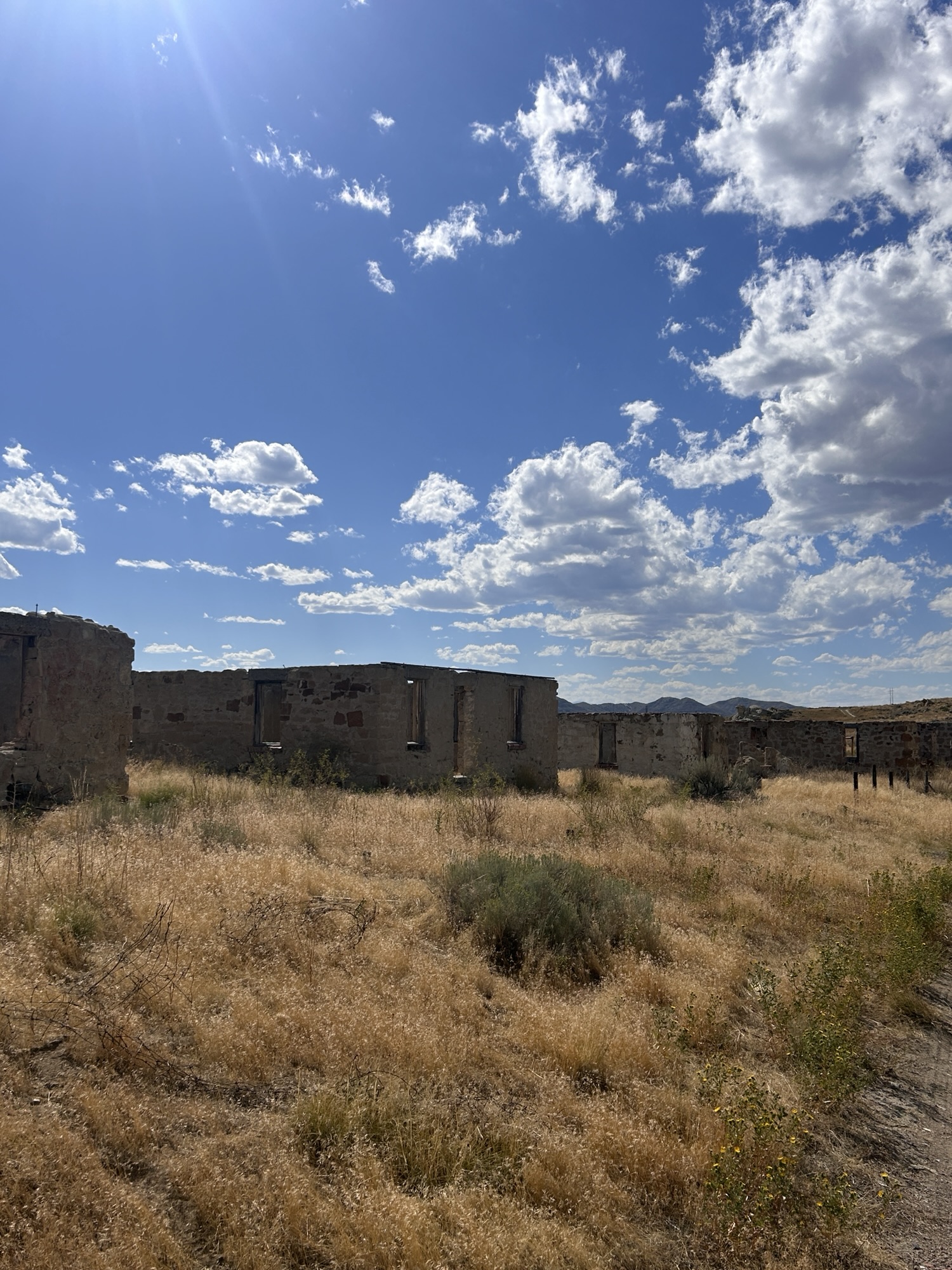8 Most Important Items to Take on a Guided Fly Fishing Trip
A guided fly fishing trip can be an incredible experience, whether you’re a seasoned angler or new to the sport. While your guide will provide invaluable expertise and often supply some gear, being properly prepared ensures you’ll enjoy your time on the water to the fullest. This article highlights the eight most important items to pack, tailored for the average fly fisher. With the right essentials, you’ll stay comfortable, prepared, and focused on the fishing itself.
Personal Essentials
1. Appropriate Clothing
Fly fishing often means spending hours in unpredictable outdoor conditions, so dressing properly is crucial. Start with a moisture-wicking base layer to keep you dry, followed by insulating mid-layers for warmth. Top it off with a lightweight, waterproof jacket to protect against rain and wind. Quick-drying, UV-protective fabrics are a must for sunny days to avoid getting sunburned or chilled after getting wet. Don’t forget breathable pants or shorts that allow full mobility while wading. Dressing in layers ensures you can adjust to changing temperatures and stay comfortable all day.
2. Waders and Boots
Your guide may offer rental gear, but nothing beats the comfort of well-fitted waders and boots. Choose breathable chest waders for versatility, as they work in both cool and warm conditions. Pair them with sturdy wading boots featuring non-slip soles or cleats for safe footing on slippery riverbeds. Ensure your boots meet local regulations regarding invasive species, as some waters prohibit felt soles. Proper footwear reduces fatigue and keeps you stable while navigating challenging terrain.
3. Polarized Sunglasses
A quality pair of polarized sunglasses is more than just a stylish accessory—they’re a functional tool. These glasses reduce glare on the water, helping you spot fish and underwater structures more easily. They also protect your eyes from stray hooks and harmful UV rays. Look for sunglasses with interchangeable lenses or colors suited to different light conditions. Amber or copper lenses are excellent for all-around use, especially in variable sunlight.
4. Hat and Sunscreen
Protecting yourself from the sun is essential, even on cloudy days. A wide-brim hat offers the best coverage for your face, ears, and neck, but a traditional fishing cap with a neck gaiter is also a good option. Combine your hat with high-SPF sunscreen to shield your skin from harmful UV rays. Be sure to choose a sweat-resistant formula and reapply throughout the day, especially if you’re frequently in and out of the water.
Practical Accessories
5. Fishing Pack or Vest
Keeping your gear organized and accessible is essential for an enjoyable trip. Fishing packs and vests are specifically designed to store tools, flies, and other essentials in a compact, organized manner. A sling pack offers convenience and mobility, while hip packs are great for wading in shallow waters. Traditional vests provide ample pockets for anglers who prefer to carry a variety of gear. Choose one that suits your fishing style and ensures easy access to critical items.
6. Tools and Gadgets
No fly fisher should hit the water without a few essential tools. A pair of nippers for trimming line and forceps for removing hooks are absolute must-haves. Keep floatant handy to revive waterlogged dry flies, and consider adding a fly patch to your pack for quick access to frequently used patterns. Other optional gadgets, like knot-tying tools or retractable zingers, can save time and effort on the water. These small but vital accessories help streamline your fishing experience.
7. Waterproof Bag or Case for Valuables
Fishing often involves getting wet, whether intentional or not. A waterproof bag or case ensures your valuables, such as your phone, wallet, fishing license, or camera, stay safe and dry. Compact, durable dry bags or roll-top pouches are excellent options that fit easily into your pack. Look for models with attachment points to secure them in your vest or pack.
8. Snacks and Hydration
Staying fueled and hydrated is essential for keeping your energy up during long days on the water. Pack lightweight, non-perishable snacks like trail mix, granola bars, or jerky to keep hunger at bay. A reusable water bottle or hydration bladder ensures you stay hydrated, even during hot weather. If fishing in remote areas, consider a portable water filter or purification tablets to refill safely from natural sources.
Conclusion
Preparing for a guided fly fishing trip is about more than just showing up with your gear. By packing thoughtfully, you’ll be ready to face changing weather conditions, long hours, and any challenges that come your way. These ten essentials ensure you’ll stay comfortable, organized, and focused on what matters most—landing that perfect fish. Don’t forget to consult with your guide beforehand for additional recommendations specific to your destination.
